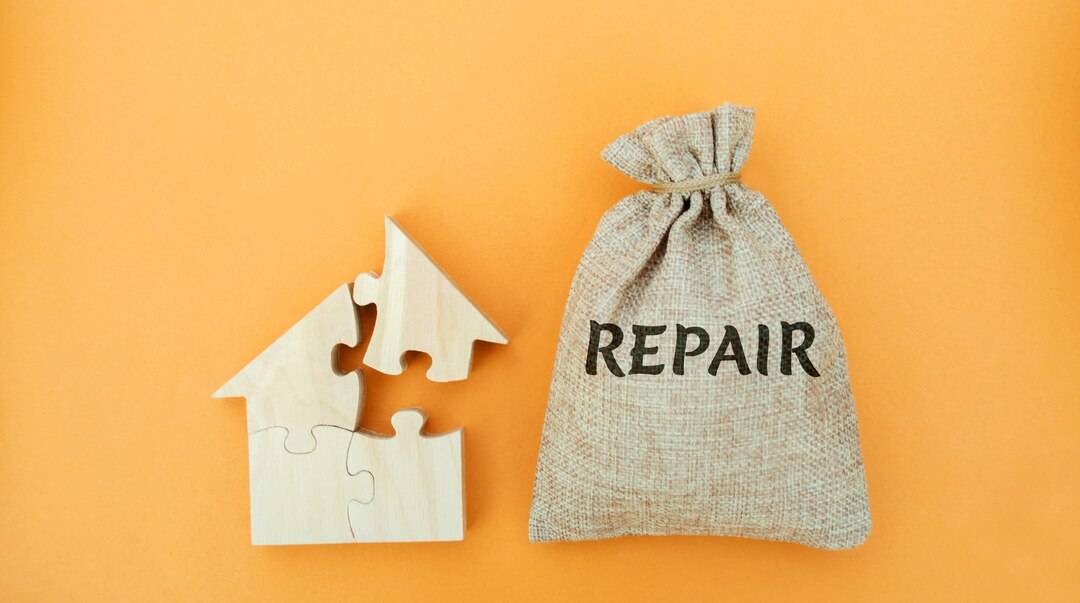When it comes to selling your home, you want to make sure you’re getting the best return on investment (ROI) possible. This often involves making home improvements that not only appeal to potential buyers but also increase the overall value of your property. However, it’s important to remember that not all home improvements are created equal; some projects may yield a higher ROI than others. In this article, we’ll explore the top home improvements that can add value to your home before selling, as well as some lower-cost options and projects to avoid.
1. Garage Door Replacement
A garage door replacement is one of the most cost-effective home improvement projects you can undertake before selling your home. Not only does it improve your home’s curb appeal, but it can also yield a high ROI.
2. Manufactured Stone Veneer
Adding a manufactured stone veneer to the exterior of your home can significantly boost its curb appeal and value. Although it can be more expensive than other siding options, it offers a high ROI and a durable, attractive finish.
3. Minor Kitchen Remodel (Midrange)
Kitchens are often considered the heart of the home, and an updated, functional kitchen can greatly increase your home’s value. A minor kitchen remodel typically involves updating countertops, cabinets, and appliances, as well as adding modern finishes and fixtures.
4. Siding Replacement (Fiber-Cement)
Replacing your home’s siding with fiber-cement is another project that can enhance your property’s curb appeal and value. Fiber-cement siding is durable, low-maintenance, and resistant to pests and fire, making it an attractive option for potential buyers.
5. Window Replacement (Vinyl)
Upgrading your home’s windows to energy-efficient vinyl models can significantly improve its energy efficiency and appeal to buyers who value sustainability. Additionally, new windows can enhance your home’s aesthetic and reduce outside noise.
6. Siding Replacement (Vinyl)
Replacing your home’s siding with vinyl can also increase its curb appeal and value. Vinyl siding is low-maintenance, durable, and comes in a variety of colors and styles to suit your home’s aesthetic.
7. Window Replacement (Wood)
Wood window replacements offer a classic, timeless look that many buyers find appealing. While they may require more maintenance than vinyl windows, they can still provide a significant boost to your home’s value and energy efficiency.
8. Deck Addition (Wood)
Adding a wooden deck to your home can increase its outdoor living space and appeal to buyers looking for an attractive outdoor area for entertaining and relaxation. A well-designed deck can offer a solid ROI and improve your home’s overall value.
9. Entry Door Replacement (Steel)
A new steel entry door can enhance your home’s security and curb appeal, as well as provide a high ROI. Steel doors are durable, energy-efficient, and low-maintenance, making them an attractive option for many buyers.
10. Deck Addition (Composite)
Composite decking offers a low-maintenance alternative to traditional wood decking. While it may be more expensive initially, it can provide a considerable return on investment, especially for buyers seeking a durable, easy-to-care-for outdoor space.
Best Low-Cost Home Improvements for Resale
While the above home improvement projects can add significant value to your home, there are also lower-cost options that can still make a big difference in your property’s appeal and value.
New Interior Paint
A fresh coat of neutral-toned paint can make your home feel clean, updated, and more appealing to potential buyers. In fact, 40% of recent sellers paint their home’s interior before selling, and nearly 30% report that this project helped their home sell.
Curb Appeal
Improving your home’s curb appeal is essential for attracting buyer interest and increasing its value. Some low-cost curb appeal projects include painting your front door (black front doors can add up to $6,500 in value), upgrading house numbers, and sealing driveway or walkway cracks.
Smart Home Technology
Many buyers, particularly younger generations, value smart home technology. Adding a smart thermostat, smart lights, or hands-free tech (such as touchless toilets) can increase your home’s appeal and potentially boost its value.
New Lighting
Upgrading your home’s lighting can make rooms feel larger and more inviting. Consider installing LED bulbs, which are associated with a 1.9% sale premium, and strategically adding mirrors to reflect light and make spaces feel brighter.
Small Bathroom Updates
Simple bathroom updates, such as swapping out dated lighting, recaulking or reglazing the tub, and avoiding spa-like improvements that don’t recoup their costs, can make a big difference in your home’s appeal and value.
Flooring
Refinishing hardwood floors, deep cleaning existing flooring, and installing heated flooring (if necessary) can all enhance your home’s value and appeal to potential buyers.
Renovations to Avoid
Not every home improvement project will yield a high ROI or attract more buyers. Some projects to avoid include:
- Swimming pools: Many buyers view pools as a safety concern or maintenance burden.
- Luxury upgrades: High-end appliances and finishes may not be worth the investment in some markets.
- High-end landscaping: Expensive landscaping and water features can be seen as a hassle by potential buyers.
Minimum Repairs to Make Before Selling
Addressing necessary repairs before listing your home can streamline the negotiation process and show buyers that you’ve taken good care of the property. Some essential repairs to consider include:
- Replacing broken mechanicals (HVAC, appliances)
- Removing peeling wallpaper and repainting
- Tending to weeds and overgrown landscaping
- Repairing broken or leaky plumbing
- Replacing cracked tiles
How to Budget for Home Improvements
Before embarking on any home improvement projects, determine your budget and decide how you’ll pay for the renovations. You may choose to pay in cash, which can help you avoid debt and interest payments, or finance the project through a second mortgage or home equity line of credit (HELOC).
What If You Can’t Afford Home Improvements Before Listing?
If you can’t afford to complete repairs or improvements before listing, consider selling your home as-is, offering a credit at closing for repairs, or making essential repairs only. Consult with a real estate professional to determine the best course of action for your specific situation.
In conclusion, making strategic home improvements before selling can increase your property’s value and appeal to potential buyers. By focusing on projects with a high ROI and avoiding those with limited returns, you can maximize your home’s value and ensure a successful sale.









